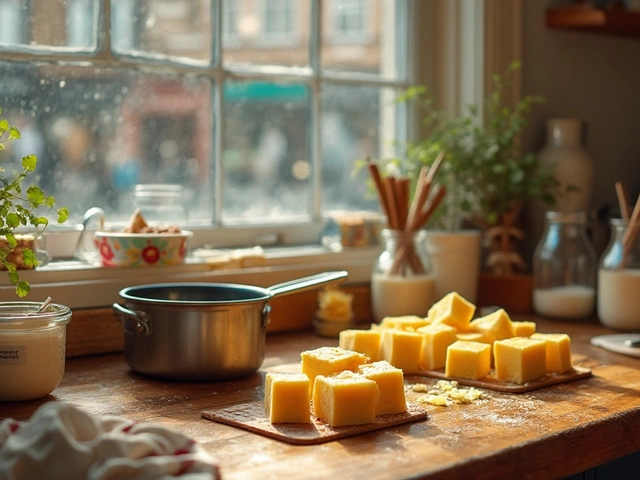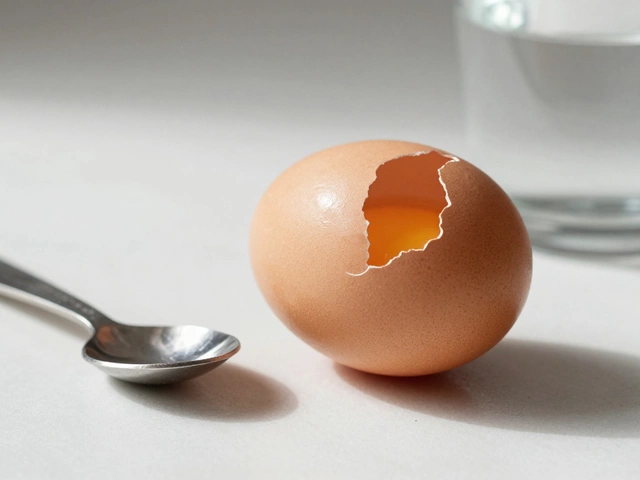Hidden Animal Ingredients: Spot the Secrets in Your Food
Ever grabbed a bag of cookies, only to wonder if there’s something animal‑based inside? You’re not alone. Many desserts hide dairy, eggs, or even meat‑derived additives behind fancy names. Knowing the tricks saves you money, time, and the guilt of eating off‑limit foods.
Common Animal‑Based Additives You Might Miss
Read the list and you’ll find words like casein, whey, gelatin, and lard. Casein and whey come from milk, while gelatin is made from animal bones or skin. Lard is rendered pork fat, often used in crusts for extra flakiness. Even “natural flavor” can be animal‑derived, especially if the source isn’t disclosed.
Other sneaky items include:
- Albumin – egg white protein
- Carmine or cochineal – red dye from crushed insects
- Mono‑ and diglycerides – may come from animal fats
- Enzymes like lipase – sometimes sourced from pork
Spotting these terms gives you a head start on keeping treats truly vegan.
How to Read Labels Like a Pro
First, scan the top of the package for “vegan” or “plant‑based” logos. If you don’t see one, dive into the ingredient list. Look for the words above and flag anything that sounds dairy‑ish or meat‑ish. When a term is unfamiliar, a quick phone search or a glance at a trusted vegan ingredient guide clears it up.
Don’t forget the “may contain” warnings. They don’t always mean the product has animal ingredients, but cross‑contamination is possible. If you’re strict, choose items that guarantee a dedicated vegan facility.
Ingredient order matters, too. The first three items usually define the product’s base. If you see “sugar,” “flour,” and “whey” at the top, that snack is likely not vegan.
Simple Swaps for Everyday Baking
Need a quick replacement? Here are the go‑to swaps:
- Milk → oat, almond, or soy milk
- Eggs → flaxseed “egg” (1 tbsp ground flax + 3 tbsp water)
- Butter → coconut oil or vegan margarine
- Gelatin → agar‑agar or pectin
These alternatives work in brownies, cookies, and even fancy cakes. You’ll notice the texture stay just right without any animal surprise.
For frosting, replace cream cheese with vegan cream cheese or cashew‑based spreads. It keeps the tang while staying plant‑based.
Tools and Resources to Stay Informed
Keep a list of trusted websites or apps that decode ingredient labels. Apps like “Is It Vegan?” let you snap a photo and get an instant verdict. Joining online vegan baking groups also gives you fresh tips and product recommendations.
Don’t be shy to ask manufacturers. Many brands respond to email queries about their sourcing. A quick reply can save you from a whole batch of unwanted animal ingredients.
Remember, the goal isn’t perfection—it’s awareness. Each label you read builds a habit that makes vegan baking easier and more enjoyable.
So next time you reach for a treat, you’ll know exactly what’s inside. No more hidden surprises, just delicious, animal‑free goodness.






